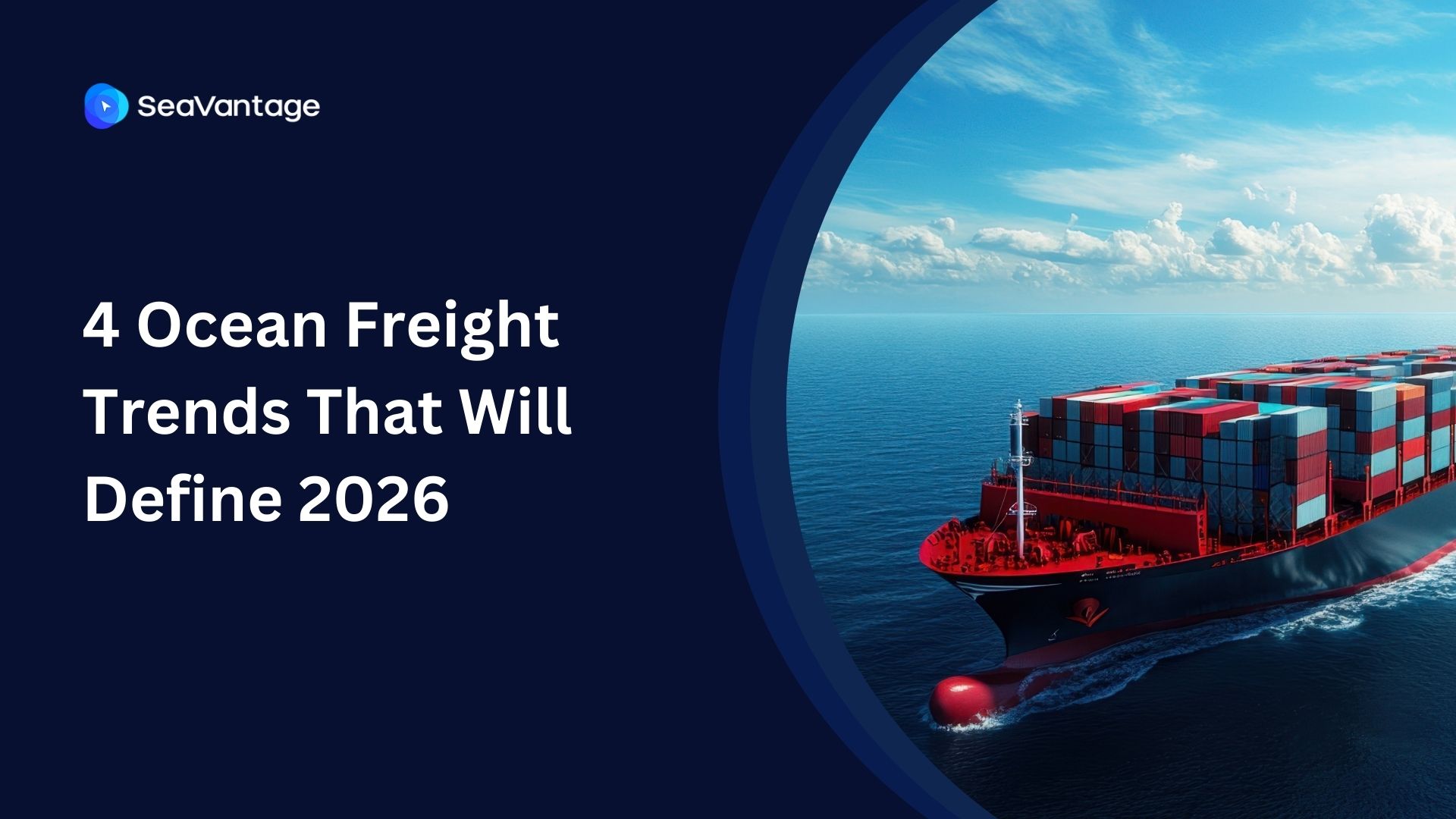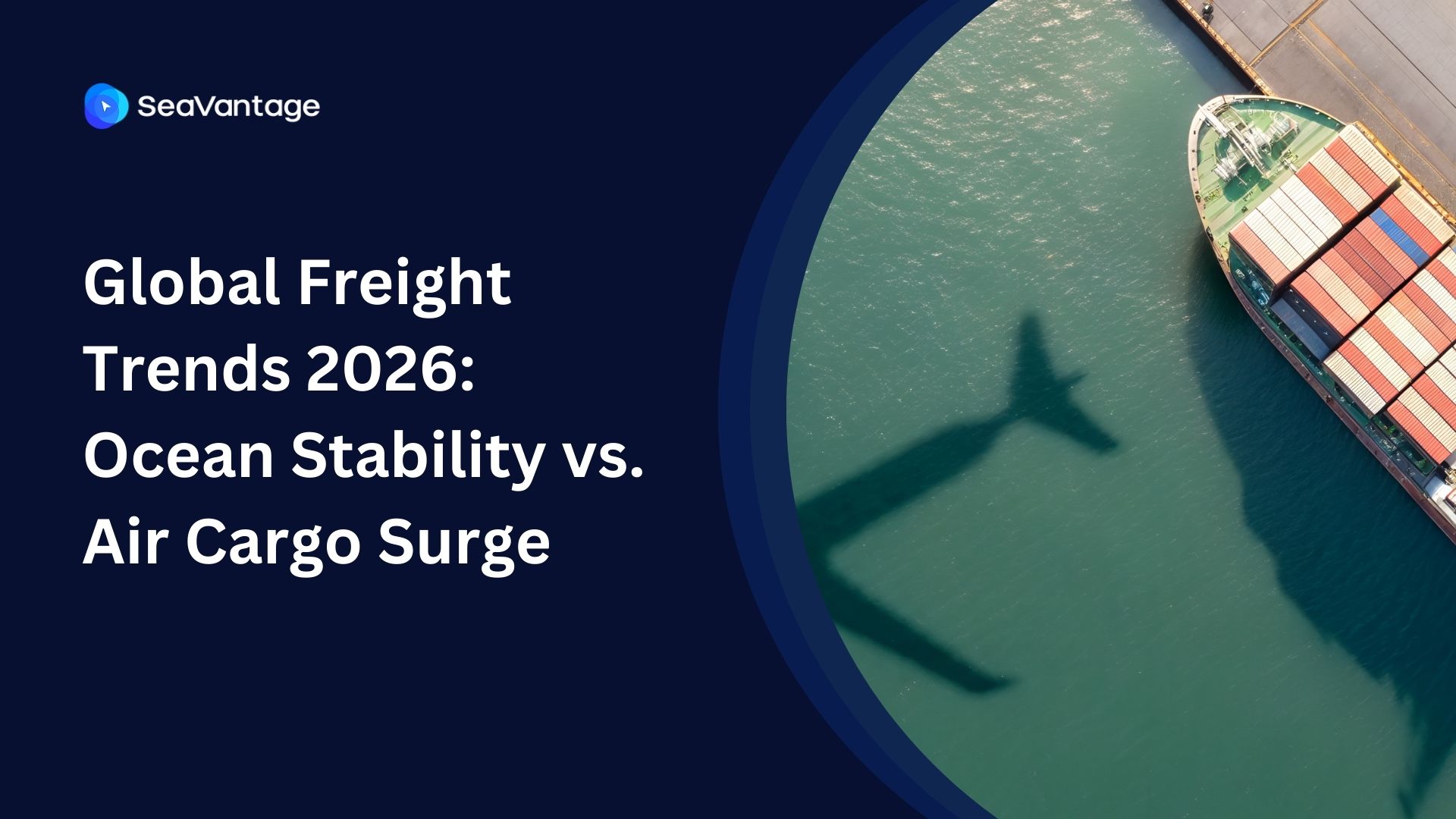Canada’s Ongoing Port Strikes: Supply Chain Impacts and SeaVantage Port Data
A series of labor disputes are causing significant disruptions at some of Canada’s busiest ports, including the Port of Vancouver, Port of Prince Rupert, and the Port of Montreal. These tensions have led to lockouts and strikes that are already affecting container traffic, trade flows, and operations across North America. The comes just one month after the U.S. East Coast and Gulf Coast ports faced similar challenges, also adding pressure to supply chains just ahead of the critical holiday season
Here’s what’s happening, how it’s impacting U.S.-Canada trade, and what businesses need to know to navigate the turbulence.
What’s Happening at British Columbia Ports?
On November 4, 2024, the BC Maritime Employers Association (BCMEA) locked out over 700 unionized workers at the Ports of Vancouver and Prince Rupert, responding to a strike notice from the International Longshore and Warehouse Union (ILWU) Local 514. Key issues in dispute include wages, benefits, work-life balance, and automation. These ports handle 20% of U.S.-Canada trade, worth about CAD $800 million (USD $576 million) daily. Given the 13-day strike last year, which took nearly three months to resolve, the stakes are high for businesses relying on Canadian ports for timely shipments.
Escalating Strike at the Port of Montreal
On October 31, 2024, nearly 1,200 dockworkers at the Port of Montreal began striking over unresolved issues like wages and scheduling. The strike, affecting terminals that handle 40% of the port’s container traffic, has led to a growing container backlog. The duration of the strike remains unclear, but any prolonged action will impact supply chains reliant on this vital East Coast port for U.S.-Canada shipments.
How These Disruptions Affect Supply Chains
Here’s how the current situation is likely to affect logistics:
- Cargo Diversions: Cargo bound for Montreal may reroute through U.S. ports. U.S. West Coast ports may see increased traffic as shippers seek to bypass Canadian labor disruptions.
- Trucking and Drayage: West Coast trucking faces potential congestion, chassis shortages, and delays as shipments back up at the ports.
- Rail: The Canadian National Railway (CN) has suspended all international intermodal capacity at inland terminals. This includes critical interchange traffic with U.S. railroads, adding more strain to the rail network.
SeaVantage’s Real-Time Port Congestion Insights
As the situation continues to unfold, real-time visibility is essential for navigating port congestion. SeaVantage offers up-to-the-minute port congestion information for the Port of Vancouver, Port of Prince Rupert, and the Port of Montreal, giving you critical insights to adjust your shipping and routing strategies proactively.
Click here to see real-time congestion data for these key ports, and stay ahead of potential delays with accurate, live updates.

What You Can Do
- Stay Informed: SeaVantage is committed to providing real-time updates and visibility into port congestion so you can adapt as conditions change.
- Plan for Delays: Anticipate shipment delays across various transportation modes and adjust timelines accordingly.
- Consider Diversions: Evaluate alternative routes or modes of transport to minimize the impact of ongoing strikes.
- Consult with SeaVantage: Reach out to our team for strategic guidance on managing risks and minimizing disruptions with accurate, real-time data.
In a time of frequent labor disputes, preparation and flexibility are essential for businesses. SeaVantage’s real-time data can help keep your supply chain resilient, even amid ongoing challenges.
2025년 9월, 주요 글로벌 항만에서 어떤 운송사가 가장 긴 선박 체류 시간을 기록했는지 확인해보세요. 트렌드를 비교하고, 지연을 파악하며, 전체 항만 데이터를 통해 운송 전략을 최적화할 수 있습니다.
2025년 8월, 주요 글로벌 항만에서 어떤 운송사가 가장 긴 선박 체류 시간을 기록했는지 확인해보세요. 트렌드를 비교하고, 지연을 파악하며, 전체 항만 데이터를 통해 운송 전략을 최적화할 수 있습니다.
2025년 7월, 주요 글로벌 항만에서 어떤 운송사가 가장 긴 선박 체류 시간을 기록했는지 확인해보세요. 트렌드를 비교하고, 지연을 파악하며, 전체 항만 데이터를 통해 운송 전략을 최적화할 수 있습니다.
iscover the 4 critical ocean freight trends for 2026, from the Red Sea reopening and fleet overcapacity to shifting global trade maps. Prepare your supply chain now.
Discover key 2026 freight market trends: Port of Houston expansion, air cargo "super peak," and ocean freight stability. Plan your supply chain with SeaVantage.
Explore November 2025 global port dwell time data. See which ports and carriers led in efficiency across Antwerp, Busan, Long Beach, Rotterdam, and Singapore.



.svg)





.jpg)

.png)